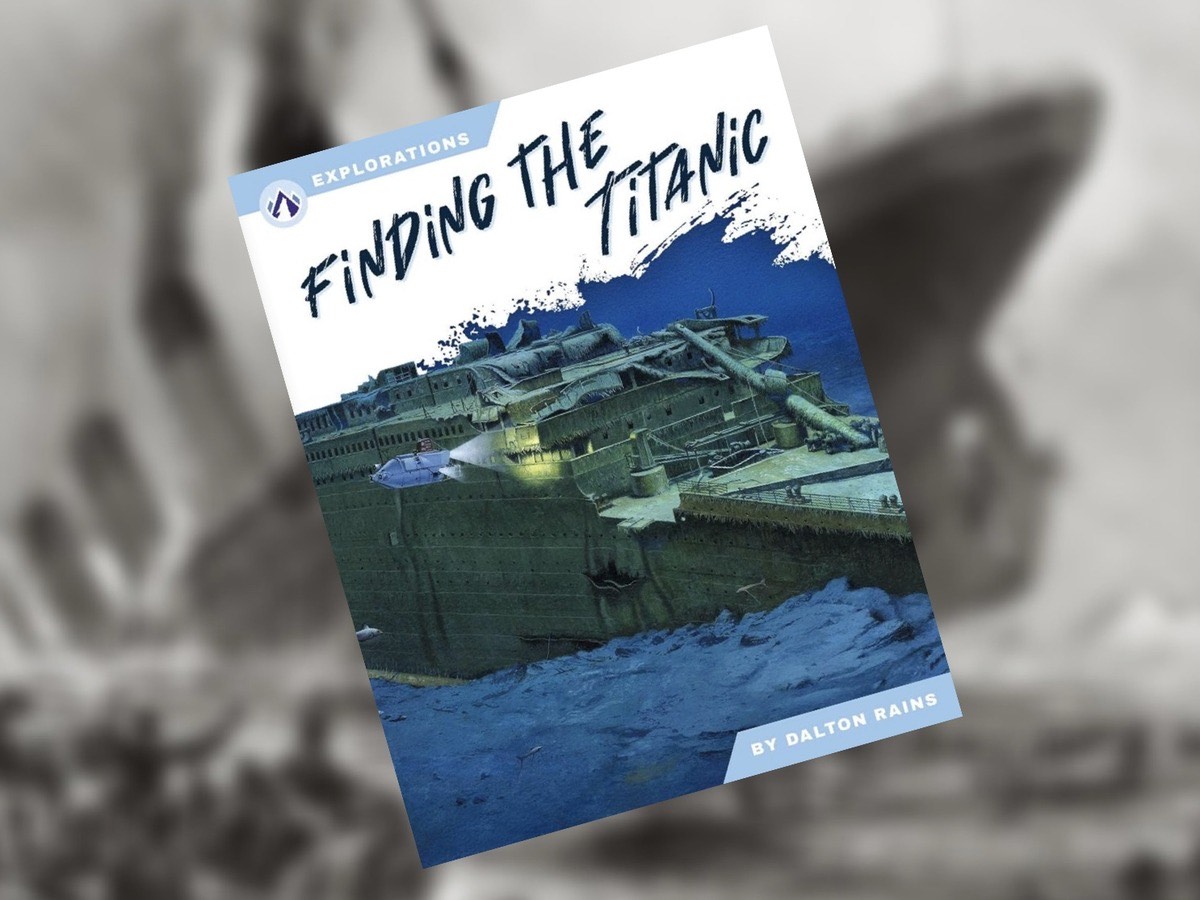This post contains affiliate links. If you click one, I may earn a commission at no cost to you. As an Amazon Associate, I earn from qualifying purchases.
Growing up, I was obsessed with the Titanic. I think most ship enthusiasts are. I remember buying books like Exploring the Titanic and 882 1/2 Amazing Answers to Your Questions About the Titanic at the Scholastic Book Fair or ordering from the Scholastic Book Club and pouring over them for hours. There’s certainly something to be said for hooking kids early—and that’s what Dalton Rains does in Finding the Titanic.
Many thanks to NetGalley and North Star Editions for providing an advance copy of this book to read and review.
Book Summary
Finding the Titanic tells the story of Titanic’s discovery on September 1, 1985. Using advanced underwater technology, Dr. Robert Ballard and his French-American team found the elusive wreck. The book talks about how the Titanic expedition was a cover for the US Navy to find two missing submarines—USS Scorpion and USS Thresher—during the Cold War. Finding the Titanic also gently discusses the tragic Titan implosion in June 2023 and highlights the dangers associated with visiting the wreck.

My Thoughts
Finding the Titanic is a great book for kids. I can see it hooking a new generation of Titanic fans and ship enthusiasts.
This book introduces young readers to the Titanic. Finding the Titanic is short at just 32 pages, and written at the 2nd to 3rd Grade level. The text is easy to read and has short paragraphs. A glossary introduces young readers to terms like “debris” and “sonar” in clear language. Then, of course, there are plenty of awesome photographs to captivate children’s imagination (like they did mine all those years ago).
However, there’s little on the actual sinking of the Titanic. Finding the Titanic is almost entirely about finding and exploring the wreck. But of course, this is for young readers so I understand why this might be the case. Those hooked by this book will learn the story soon enough.
Conclusion
I definitely recommend Finding the Titanic for younger readers. Older kids and parents might also enjoy it too. Its short, concise prose makes it a quick read and I think it’ll pique children’s interest—especially if they’re already showing an interest in ships or underwater exploration. Parents and teachers should absolutely consider this book for younger readers.

Leave a Reply